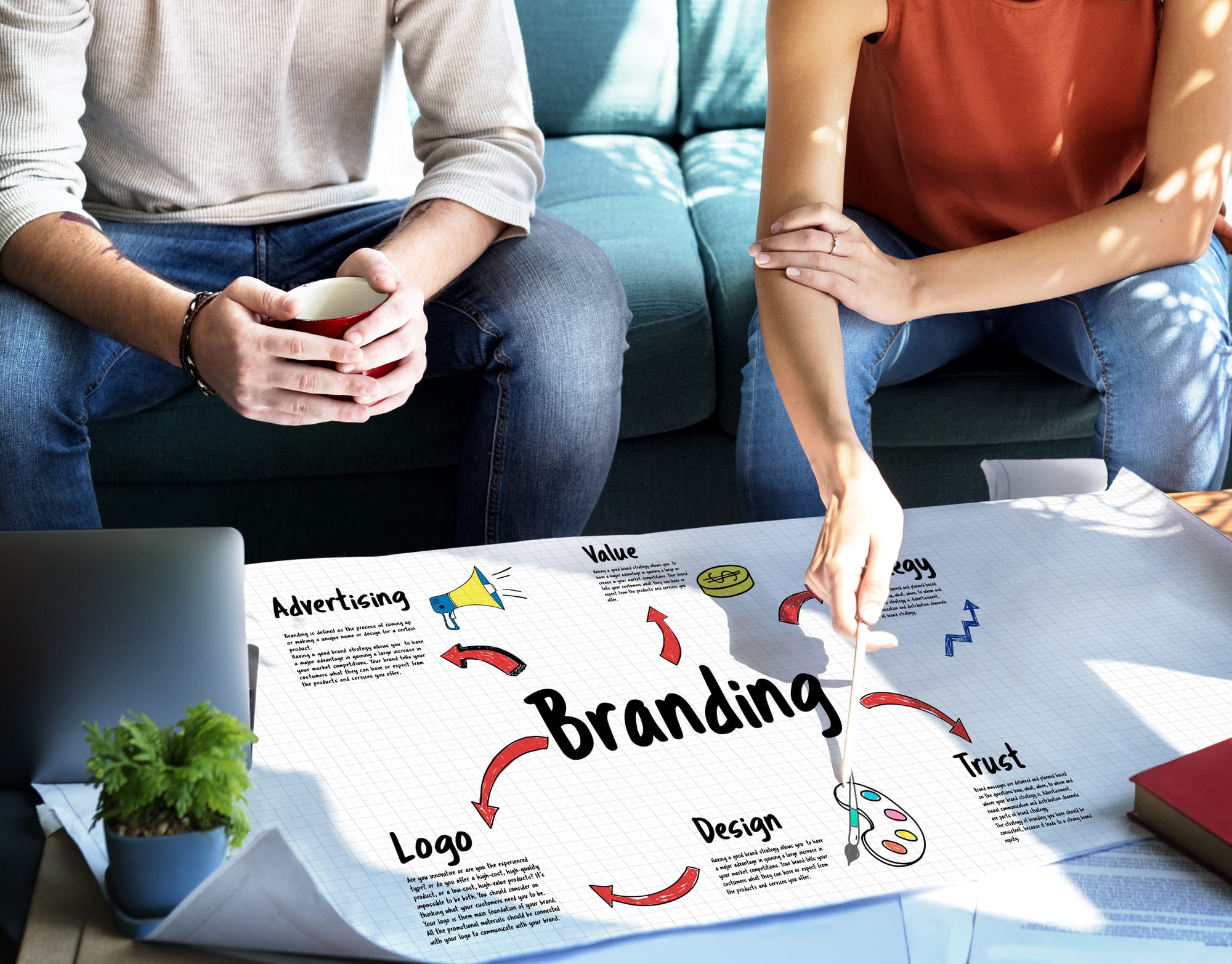Whether you’re an emerging organisation about to take flight or you’re been established for years and need to reassess your growth plans, it all starts with a great story!
Great stories help us believe in ourselves, in others and importantly as an organisation it helps our target audience engaged on an emotional level. So, if you want to tell your story in a powerful way, follow this framework and dream, create and amaze!
The Problem

The first thing you need to define is what top priority problem you’re solving for your target audience. Make sure you have a sound strategy in place that will serve to validate that this truly is a Tier 1 problem and that your customer is willing to pay for a solution.
The Solution

Next, you need to know what your solution is and what the key benefits you offer are. This part of the process includes listing the differentiators to make your brand stand out when compared to the competition. Also, make sure to outline the desired outcomes for your audience and the sector/industry/world as a whole are.
The plans for the future

To have a sound brand story in place, you need to look further into the future.
- What is your 20 year goal?
Make this a Big Hairy Audacious Goal, something ambitious and almost unbelievable, but possible. You may not know how you will achieve the goal right now, but you know you want to. - What is your 10 year view?
What substance can you give to the vision? Give more details e.g. Services, Products, Team member, Offices etc. - What is your 3 year plan?
What are the key details of the plan? How many customers/donors do you need to create XXX Revenue and XXX Profit?
This will give you the overall target to create your 1 year and 90 day action plans.
The target audience

A crucial part of any strategy involving your brand and sales ambitions is determining who is your target customers are. Break them down by their role in the process, including distinctions like who will be paying, who will be benefiting and what the details for these individuals are. For example, whether they’re a Business to Consumer (B2C) company or an organisations that deal with a Business to Business (B2B) model.
The Values

It is also really important to know what your guiding stars are, that are going to help keep you and your organisation on the right track.
This means that you have a solid idea of elements which you believe should not change in order to find success. This is referred to as your company’s core values that will help you and your team deliver your promise.
The Wow

You should also be prepared to elaborate on how do you plan on grabbing the attention of your audience, wherever and whenever.
There are three components to this segment:
- Traction: What is the amazing statistic, case study, number of happy customer(s), testimonial, revenue/profit, size of market
- Differentiators: What is your claim to fame, your impressive innovation, killer facts, you teasers to encourage questions?
- Expertise: What experience do you have? Who is your senior team that will drive the organisation? Why should we trust you?
The What

In simplest terms, this segment defines what do you do and who do you benefit most. There may be a number of audiences but you should strive to be be as specific as possible.
Could you explain this in a noisy bar, a windy bus stop or if you had 20 seconds in a lift? How best can you talk about your organisation so the audience remember what you have said? What might make your message shareable? Would your gran understand it?
The How

“The How” outlines your:
- processes,
- systems,
- messages,
- and the methodology
that help you deliver your product or service every time. This segment also gives you the room to define how do your systems, processes and innovations deliver the service or product you offer, as well as how do you use your marketing channels effectively.
Don’t forget to also describe how your methodologies differ from those of your competitors, giving you the “unfair advantage”, IE what you do differently and what makes your service or product more unique than the rest?
The Why

This is the part where you dig deep down and detail why you do what you do. This includes asking yourself questions like:
- Why does your organisation exist?
- What will your audience connect with on an emotional level?
- What’s the benefit you offer that makes your audience’s life better?
- How can you build trust?
- What’s your “reason to believe”?
- How will you make the story real, honest and human so customers connect with you and believe in you?
- How will you create the emotional connection with your audience.
The Ask

One of the most important parts of the story is clearly outlining what you need in order to get your foot in the door. This can include more tangible elements like money and customers, as well as components like advice, support, partnerships, and skill swap.
Also be sure to detail action plan for acquiring all the elements you need in order to ensure liftoff and growth, and to define who’s help you might need.
The End

There is always titbit of your process and story you can share that will resonate with your core audience, so ask yourself what anecdote, story, case study or one wish you can close with, which would allow you to strengthen
the emotional connection with your audience and to help them remember you and pick you out in the torrent of other content and offers.


